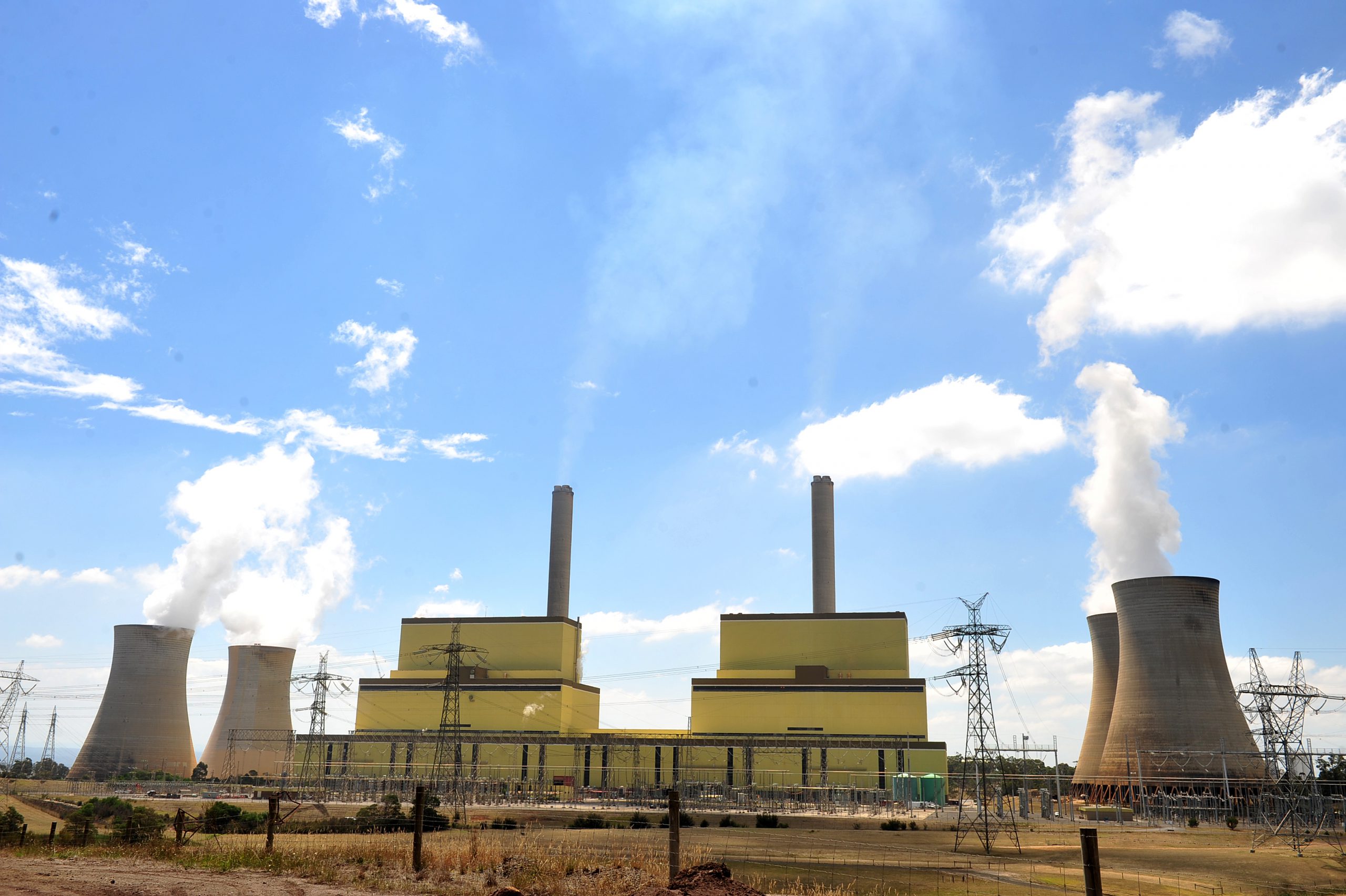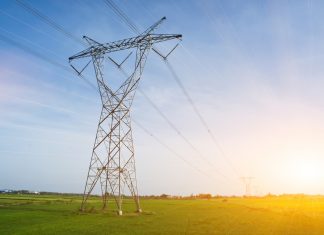Carbon capture and storage technology could prolong the life of Latrobe Valley coal-fired power generators, create jobs and cut the region’s carbon emissions in half.
CO2CRC chief executive Tania Constable spoke about carbon capture at a Brown Coal Innovations Australia forum at Federation University last week, with other industry experts and academics.
Ms Constable spoke about the viability of retro-fitting the technology to existing Latrobe Valley power plants and the success of a test site in the Otways, which has stored 80,000 tonnes of carbon dioxide in rock layers.
This research is being used to inform a state and federal government-funded CarbonNet project at Golden Beach, where seismic seabed testing is being carried out to determine possible storage sites on a commercial scale.
Storage could involve emissions being pumped along a pipeline from the Latrobe Valley and injected into offshore depleted gas reserves or saline formations in Gippsland.
“Gippsland and Bass Strait are arguably one of the best storage sites in the world. We’ve done studies over 15 years with a national carbon capture taskforce mapping potential sites around the country,” Ms Constable said.
Ms Constable said CO2CRC was doing a pre-feasibility study with Latrobe Valley power generators to explore retro-fitting CCS technology.
Currently, Victoria’s brown coal creates 44 million tonnes of carbon dioxide, making up 13 per cent of direct national greenhouse emissions.
She said if carbon capture technology was installed in the Latrobe Valley, it would remove 6.5 per cent of direct national emissions.
“It’s a large project that would secure Victoria’s energy, remove emissions to ensure greater air quality and sequester carbon dioxide. And along the way it would create a lot of jobs,” she said.
Ms Constable estimated that 5000 local jobs could be created over the next 12 years if the technology was rolled-out in the Latrobe Valley, through infrastructure and maintenance.
“It can be used across a number of industries like oil, gas, coal, steel, cement and urea. Many of these industries don’t have options to remove carbon dioxide,” she said.
“The Latrobe Valley would become a hub for industry, as there would already be carbon capture infrastructure in place.”
Ms Constable said CO2CRC has spent the past 10 years looking at carbon capture and storage testing at the former Hazelwood power station that has allowed the technology to become commercialised. However, she said there would need to be federal policy changes to attract investment.











